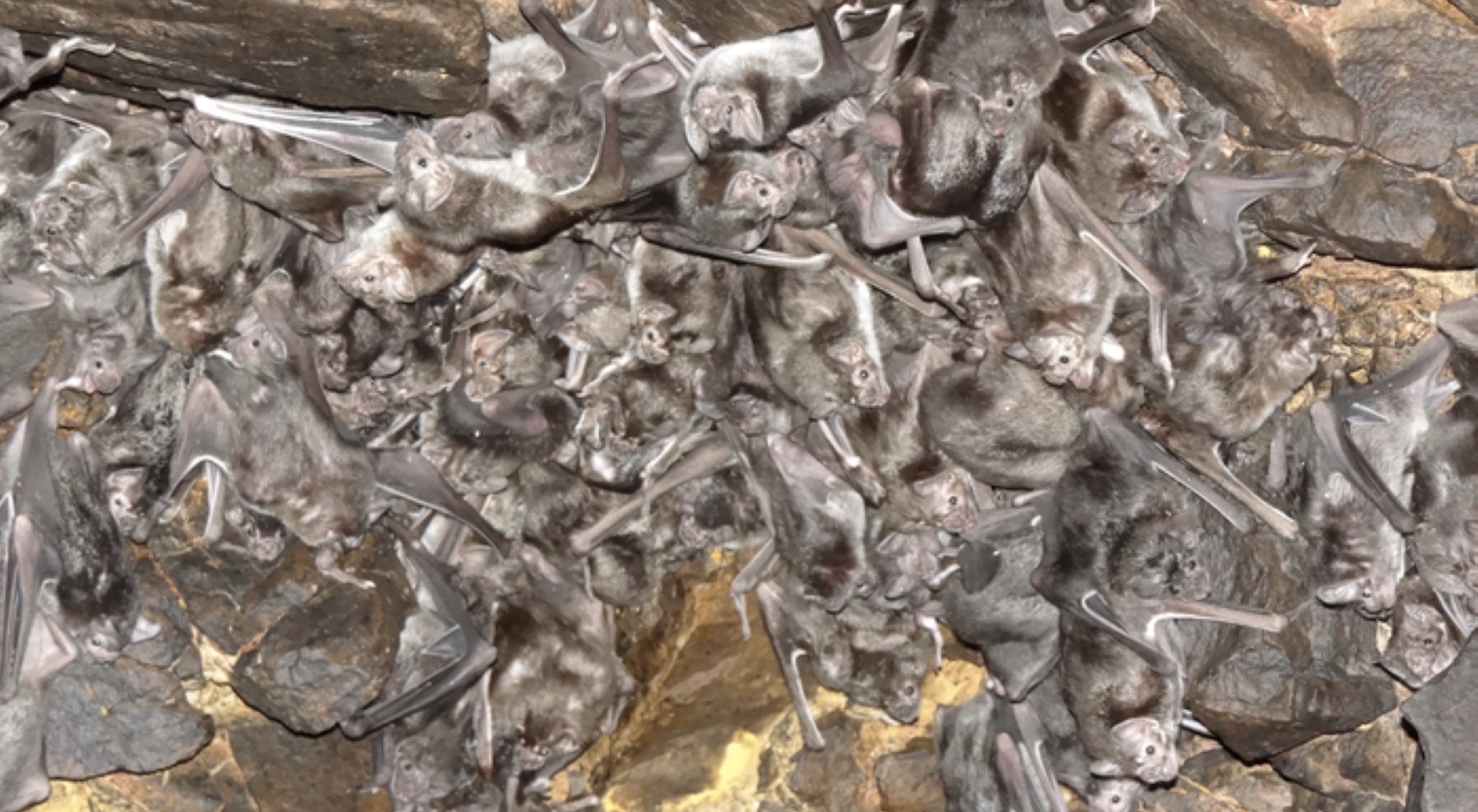

For more than 50 years, Latin American countries have been culling vampire bats to limit the spread of rabies. These flying bloodsuckers are common hosts for the virus that causes the disease, which kills hundreds of cattle each year and costs an estimated $170,000 annually in losses to local farmers in southern Peru.
Wildlife culling uses vampiricide, a lethal poison that spreads to up to 15 bats per every animal treated. But there’s one issue humans did not account for—bats aren’t going to hang around and let themselves get poisoned.
“The intervention had good intentions in trying to manage an infectious disease, but it had counterproductive effects because we didn’t understand how animals were going to respond,” says Daniel Streicker, a professor of viral ecology at the University of Glasgow and senior author of a new study published today in Science Advances. Instead of slowing down rabies, culling in areas with high-circulating virus caused bats to fly more frequently across the landscape, accelerating the disease’s spread.
It’s all about timing
The study authors first studied how culling affected bat population size, and in turn, the risk of transmitting rabies to livestock living in a large area of southern Peru. While culling reduced the bat population, it did not completely stop the hungry biters. About 59 percent of farms in the area reported having at least one animal bitten by a vampire bat three months after culling.
The team also looked at how culling could affect the circulation of rabies virus. By sequencing viral genomes sequences, they reconstructed how the virus has spread across the landscape through space and time.
Culling affected the speed of viral spread. If a culling took place in an area with active viral circulation, then the viruses seem to spread faster. Bats are social creatures, Streicker explains, and watching their group members die of poison likely caused them to fly away to avoid death. This increases the chances that bats will carry the virus across longer distances.
In areas without recent rabies outbreaks, though, the virus takes more time to spread. The findings suggest it’s all about context. If cullings are done proactively in areas before the virus arrives, they might slow down the spread into new areas, letting areas stay rabies-free longer. “We can’t say that rabies would never happen, just perhaps that it would happen more slowly,” Streicker says.

Is culling the only strategy?
Vaccination is an alternative method to curb rabies, but Streicker says people in Latin America have historically been vaccine-hesitant. People often got the rabies vaccine after being exposed to the virus, which is less effective. Another issue is that some remote areas in Latin America make it difficult to deliver vaccines.
Vaccinating livestock is another option to control rabies transmission. But immunizing every animal is costly for farmers, especially those that live in areas that have had little to no problem with rabies.
Some locals have tried to take matters into their own hands, by burning the roosts where bats live, or cutting trees down that may house other rabies-infected creatures. However, researchers do not recommend these methods because they can harm animals not affected by the virus.
Other ways to slow rabies
Vampire bats aren’t the only bat species that carries rabies, but they’re likely the main spreaders. These bloodsuckers need to feed almost every night, which has a high risk of exposing their victims to rabies. And herding cattle and other livestock has given bats a nearly unlimited food source, Streicker says.
Instead of vaccinating humans and cattle, one approach is looking into vaccines for vampire bats. The bats aren’t easy to vaccinate—they are reclusive wild animals, and it would be nearly impossible to catch each one. A successful rabies vaccine requires a delivery technology to reach a sufficient number of wild animals. Streicker and his team are currently working on a self-disseminating vaccine that they would administer to one bat. From there, the vaccine would be capable of spreading to other bats by itself.
Another approach is reproductive suppression, in which bats consume blood containing coumestrol, an organic compound that acts as a bat birth control. Ongoing research suggests that coumestrol affects the fertility of male and female vampire bats, reducing their population. Ultimately, Streicker says limiting rabies in bats will require some type of population management. If vaccination and reproductive suppression tools become available to the public, there may not be a need for culling at all.
Correction March 13, 2023: The article previously said roosters would be burned in an attempt to slow the spread of rabies. What are actually set on fire are bat roosts, though scientists do not recommend this.
